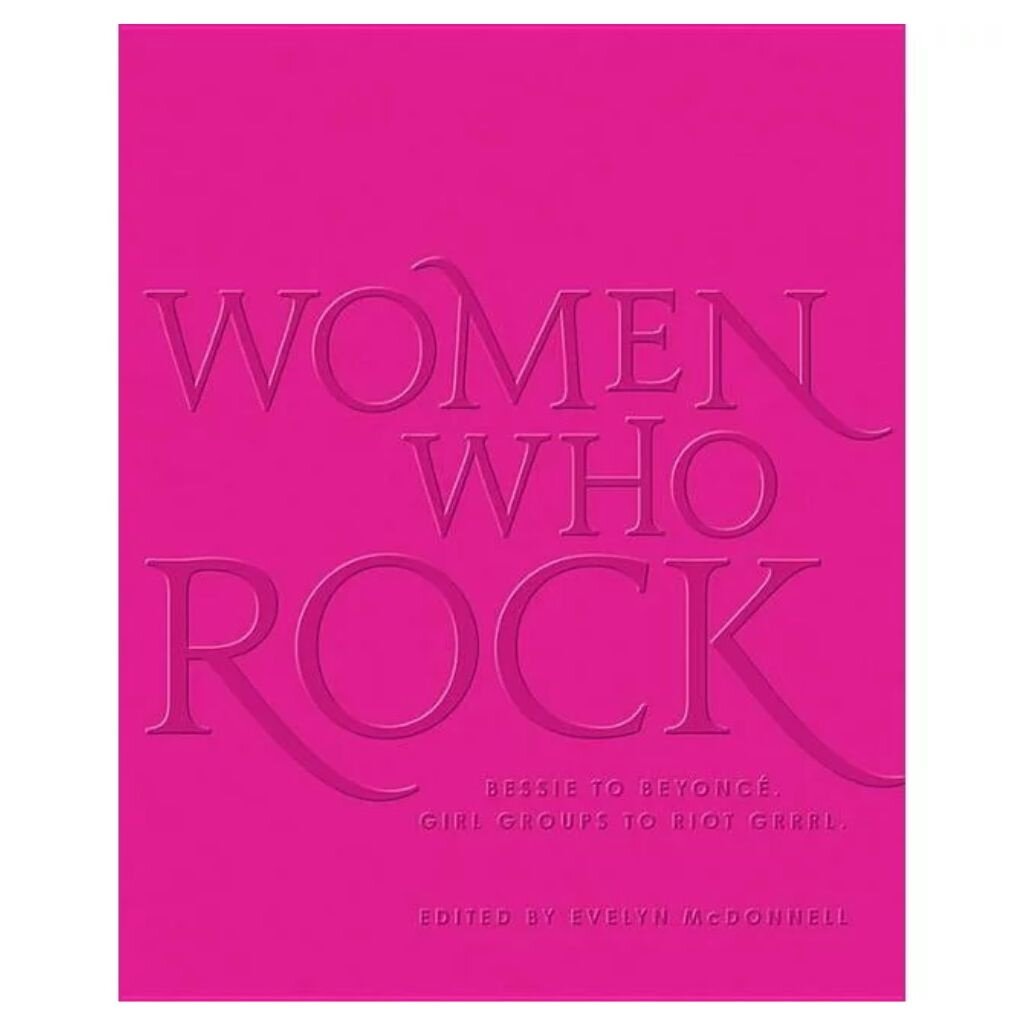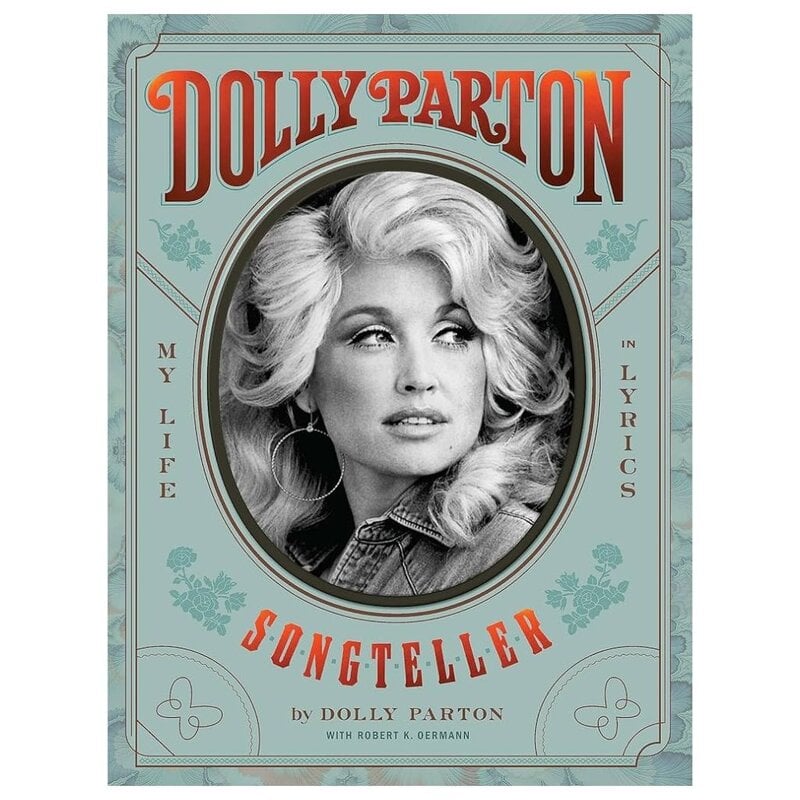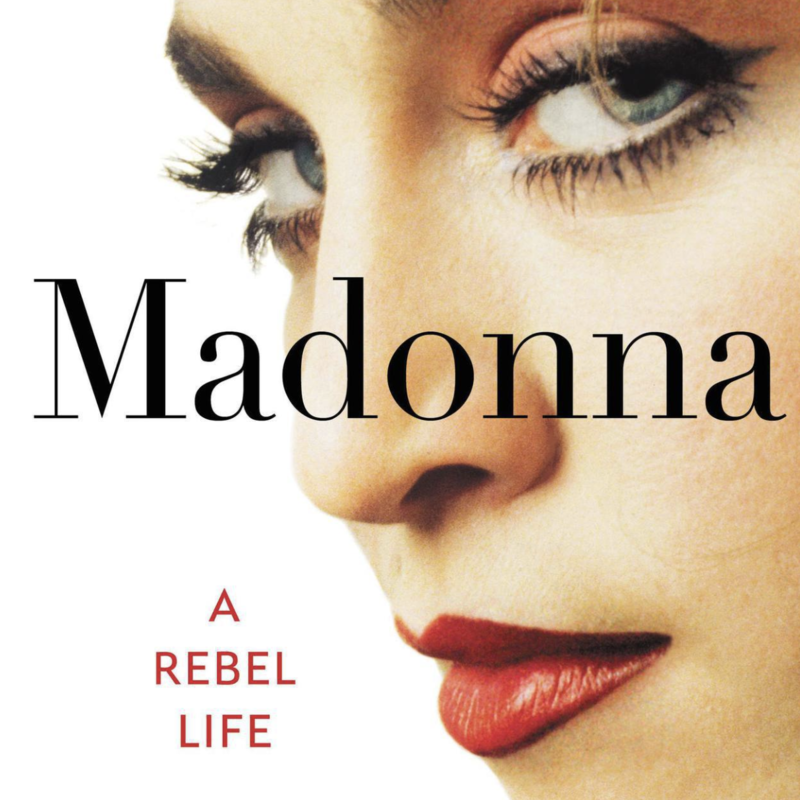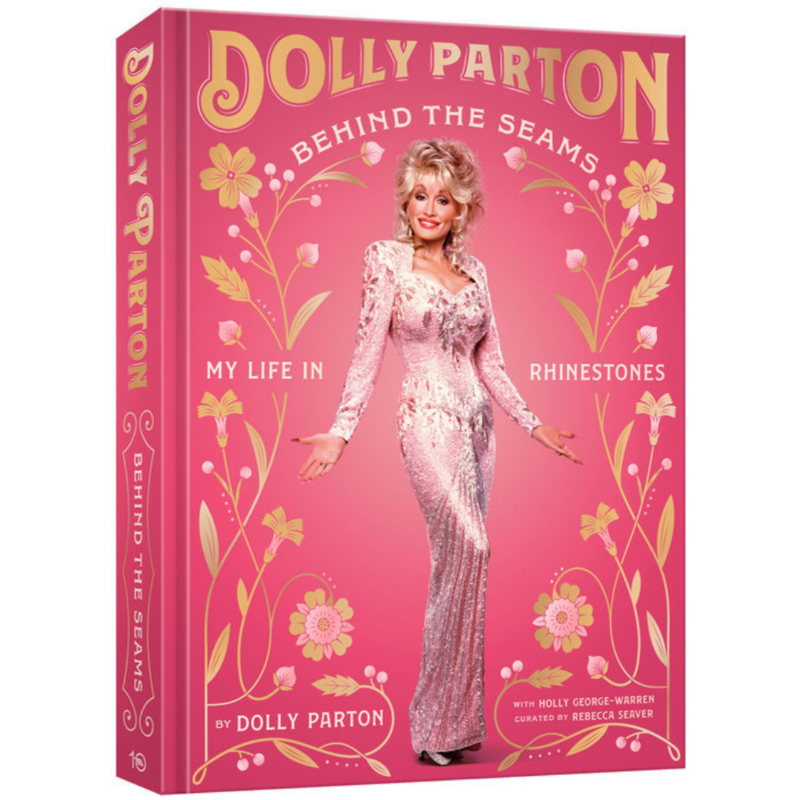INTRODUCTION BY EVELYN MCDONNELL
“In the beginning, there was rhythm.” So shrieked teenaged Ari Up with full-throated joy over the herky-jerk of Viv Albertine’s guitar, the dub lope of Tessa Pollitt’s bass, and helter-skelter drums by Budgie (Soiuxsie Sioux’s beau) in a 1980 song by English punk tarts the Slits. Rhythm—the repeated ordering of breaks and beats, of stops and starts, of motion and stillness, of life and death—gives popular music its pulse, its purpose. Rhythm is the pattern that propels us, onto the dance floor or maybe, with Martha Reeves and her Vandellas, into the street to dance. Grace Jones warned us about being slaves to the rhythm, or was she inviting us? Janet Jackson founded a Rhythm Nation. We can move to the rhythm, but also, crucially, we can move the rhythm. We are a rhythm movement.
Ari was a rhythm mover. With her bandmates, she created not just a new way of making music but of being in the world. A German waif plunked down into the cruel streets of Thatcher’s London calling, the woman born Arianna Forster generated vocalizations with the wild abandon of an alien autodidact. She didn’t just absorb the punk disruptions of such peers as Johnny Rotten; she propelled them, pulling notes like taffy—up and down, in and out—testing the bounds and elasticity of pitch, tone, volume. Ari cut her own path stylistically, too, with her ragged layers and spandex leggings. Sure, she sported that most dubious of dos: blond dreadlocks. But she wasn’t so much from northern Europe as from another planet, and eventually she decided to leave the colonizer for the colonies, reinventing herself as late-night dancehall groover Medusa in Jamaica. When I met her in New York in the nineties, she was a widow, a single mother, a legend, a character—and also someone just trying to figure out how to get by, to make her art and raise her children.
All the people in this book are rhythm movers: the musicians, the writers, the illustrators. They have not merely tried to fit into the grooves of popular music (or scholarship, or art) but have jumped the beat. They are musicians who inspire and compel us, the editors, writers, and illustrators of Women Who Rock. They also inspire other musicians—in fact, many of the contributors to these pages are musicians—by carving out sonic possibilities, by kicking down the doors through which their followers charge. They are pioneers more than settlers, explorers but not necessarily popularizers—mothers of invention. They are Sister Rosetta Tharpe, pulling the gospel out of a guitar. Selena, embodying the multiple cadences of border culture. Björk, dancing beside you in a virtual reality video then stepping inside you—or are you stepping inside her? Beyoncé, commanding, “World stop!” in a video alongside her bestie Nicki Minaj… then chuckling, “Carry on.” Women who bend, break, and create code tend to be dismissed as weirdos, freaks, divas, or bitches. This book honors them as heroes, leaders, geniuses, and, in Miami rapper Trina’s phrase, da baddest bitches—as women who rock.
Early in the process of creating this book, my collaborators and I agreed that rather than attempt to be encyclopedic and all inclusive, summarizing the thousands of women who have made incredible, indelible music in the last century, we wanted to tell a narrative story by focusing on key select figures who were true game changers. From the beginning, we had the concept of “women who rock,” which we knew was not a new phrase, and which we were fully aware was problematic even at the most basic semantic level—but which we also felt had a simple, direct power. Women. Who. Rock.
Women. We love women. That doesn’t mean we hate men or overlook folks who fall somewhere in between the two poles of gender (from Big Mama Thornton to Joan Jett to Laura Jane Grace). But we also recognize the centuries of oppressive systems that have conscripted humans born with child-bearing hips (as PJ Harvey says) into hard domestic labor and barred their self-expression and public lives. Much of my work as a journalist, critic, and historian has been spent trying to describe and remedy the obstacles women musicians and writers face, and to celebrate the work they do despite—or perhaps because of—those obstacles. Carole King wrote some of the greatest pop songs of all time while she was a young mother in a bad relationship with her songwriting partner. A teenager named Alicia Armendariz found refuge from her violent father in LA’s punk rock community and reinvented herself as Alice Bag. Janet Jackson broke away from binding family ties to assert control of her own career, music, image, and life.
We chose to make a book about women because there is strength in unity—divided, we fall. We’re not arguing that these music makers are all formally or stylistically linked. This isn’t a book about the genre “women’s music” (though Alice Bag does salute June Millington and Olivia Records in the essay she penned) or even, necessarily, an embodiment of Hélène Cixous’s call for écriture feminine, though I embrace her mandate in the essay “The Laugh of the Medusa”: “Woman must write her self.” Women Who Rock champions mold smashing and pattern disruption. It offers portraits of diversity, from Patsy Cline’s country melancholy to Joni Mitchell’s folk jazz to Missy Elliott’s avant rap.
Who. Are you? This book honors identity. It unapologetically embraces exceptionalism. It’s dedicated to the notion that while all people are created equal, some manage to excel. Yes, there were more than one hundred girl groups who collectively defined an era of pop, civil rights, and feminist history. But as storytellers, we understand the power of the individual human narrative that embodies the bigger cultural change, so we homed in on members of the Supremes, the Ronettes, the Crystals, and the Bluebelles. Call it great women history, if you want. We believe in the greatness of women.
Rock. Gender is not a genre in this book, and neither is rock. As I told the writers who helped choose whom to profile, we use rock as a verb, not a noun. We perceive it not as a static entity, defined by loud guitars and a 4/4 beat, but as an action that defies the containing force of a label—and that evokes a rich lineage of musical motions, from the lullaby swing of a cradle, to gospel’s transformation of the soul, to the sexual call-and-response of rock and roll, full circle back to soul rocking your baby.
There were rough parameters that guided our choices. The subjects all created music after the advent of the commercial recording business—in other words, when popular music really came into its own as a performed, reproducible, sellable good. You could say that the book focuses on the rock era, the period beginning in the mid-1950s when hitherto segregated styles of music became entwined as rock and roll, and you would not be wrong. But I argue that we move the narrative arc forward and outward, into the pop era. (Or is it the mom-and-pop era?) After all, feminist and other scholars have for years critiqued “rockism”: the hierarchizing of individualized styles of music, particularly those performed by white men, as more authentic than those styles that are created for broader commercial appeal, often via a collective process with women as its public face. Despite its title (and let’s face it, Women Who Pop just doesn’t work), this book fully embraces rockism’s counter philosophy, poptimism, in that I believe the Supremes are just as important to musical history—let alone to history history—as Bob Dylan.
It has been twenty-one years since our clearest predecessor, Trouble Girls: The Rolling Stone Book of Women in Rock, was published. That’s a generation or three in popular culture. In that esteemed volume, there’s no TLC, no Dixie Chicks, no Lady Gaga, no Missy Elliott, no Taylor Swift, no Destiny’s Child—let alone no Beyoncé! Women have ruled the popular music stage more than ever in the past five, even ten, years. It’s well past time to canonize these game changers and to connect them to the noble lineage that made their advancements possible. Sometimes, I asked the musicians themselves to invoke their inspirations. Wendy Case of the great Detroit bands the Paybacks and Royal Sweets pays homage to Chrissie Hynde. Stephanie Phillips plays guitar and sings in the London punk band Big Joanie; she penned eight entries in this book, including tributes to Poly Styrene, Aaliyah, and Amy Winehouse. Post-punk pioneer and pop survivor Adele Bertei enshrines volcanic diva Tori Amos.
Narrowing the list of subjects was a bitch. It was the absolute hardest part of this book (which overall was a joy and a thrill to put together). The selection process was both painstaking and arbitrary. I had a wish list. Then I consulted a dozen or so writers whose work I admired, experts in a variety of genres who represented different demographics: race, age, gender orientation, geography, and so on. I asked them to submit lists of ten musicians they would like to write about for this book. Their suggestions put the combined list of subjects well over two hundred, which forced me to make dozens of excruciating choices. Sometimes, that meant picking subjects who best represented an era, rather than, say, every worthy Riot Grrrl band, or OG rapper, or seventies singer-songwriter. The final 103 acts here are by no means my favorites—that would be a very different book—but they encompass a range that I think is both broad and deep.
There are excellent books about women and popular music written by single authors, including Ann Powers’s Good Booty (Ann wrote about Joan Baez and Donna Summer for this book), Gillian G. Gaar’s She’s a Rebel (Gillian wrote several essays for us), and Lucy O’Brien’s She Bop. We always envisioned Women Who Rock as presenting not just a plenitude of subjects but also of voices and visions—of literary and visual art as well as musical. Our original editorial team of about ten writers mushroomed for a variety of reasons, but mostly because there were so many women I wanted to work with, some of whom had space in their busy schedules for only one or two essays. I loved editing these talents. Peaches praising Sinéad O’Connor! Original Riot Grrrl Allison Wolfe talking to Girly Sound maker Liz Phair! Poet jessica Care moore’s ode to Betty Davis! I believe some of these pieces—Jewly Hight on Dixie Chicks, Kandia Crazy Horse on Marianne Faithfull, Vivien Goldman on Angélique Kidjo—are the definitive takes on their subjects. Others make important arguments about pop’s gender trouble, such as Daphne Brooks demanding to know why Nina Simone didn’t earn a place in the Rock and Roll Hall of Fame decades ago, or Rebecca Haithcoat’s testament to Janet Jackson as a model of self-determination.
Over and over in Women Who Rock, there are stories of women persisting—against all odds. Rape, bad contracts, sexual exploitation, addiction, anorexia, corrupt managers, suicide, domestic violence, prison, murder: These aren’t extreme cases; they are recurring motifs. Women have put up with a lot of shit in order to sing their songs and make their records, to walk in this world and live the lives they choose. Too many of these tales end tragically. But perseverance, hope, family, love, change, stardom, talent, work, and revolution are also themes. One performance of one hymn may have sent two members of Pussy Riot to Russian gulags, but the spectacle of their trial shone a light on the repressive injustice of Vladimir Putin’s regime and made them a global cause célèbre. Now they travel the world speaking out against prison systems and make videos that continue to engage and enrage.
The writers created portraits in words, each distinctive in its point of view but also illuminating. We wanted the artwork that accompanied these essays to be equally original. So rather than seek existing photographs, we commissioned artists to draw portraits in paint, ink, pencil, and digital color. These imaginative illustrations—Björk’s head beside a planet, Mavis Staples’s afro curved into a Black Power fist, Fiona Apple shimmering in a pool of water—define Women Who Rock as much as the texts and their subjects do. If you’re like me, you’re probably wondering how you can simultaneously read this book and spread its pictures all over your wall.
“I wanna be your Joey Ramone, pictures of me on your bedroom door,” the all-grrrl band Sleater-Kinney sing. If I had to give one single reason why this book exists, it’s to pay it forward. I’ve been blessed in my career to have had access to many of the artists whose music has kept the blood pumping through my veins, some of whom are in this book as subjects, or writers, or artists (check out Grace Slick’s self-portrait!). I feel personally heartsick that we didn’t manage to include an entry on the Slits. Ari was by far one of the most interesting people I ever had the honor to know, but beneath her head of hair and kinetic energy beat a heart of gold. I’ll never forget the time she called me from a thousand miles away on Valentine’s Day; she was phoning all her girl friends, to let us know we were loved. It was one of the last times we talked; Ari Up died of cancer in 2010.
As human beings, we all search for models of how to be in the world, even if, like Oedipus, we also may want to replace those who made our existence possible. Just as Bessie Smith inspired Janis Joplin, who inspired Patti Smith, who inspired Tegan and Sara, I hope the rhythm movers in Women Who Rock inspire the next generation of wayward daughters to pick up a bass, or a microphone, or a sampler. Or a pen, or a laptop, or a paintbrush. Or maybe, even just to push the Pause button. Because as Ari also sang, “silence is a rhythm too.”
World stop!
Now, carry on.
EDITOR’S NOTE
These essays are presented in chronological order based primarily on when the subjects first began their recording careers.
The playlists consist of tracks generally picked by the writers of the essays (June Millington picked her own Fanny favorites). Since this book covers a recording industry that moved from 78 rpm vinyl singles, to 45s, to albums, to CDs, to MP3s, to mixtapes, to online videos, figuring out what information to include in these lists and how to format them was tricky. We are simultaneously trying to provide a sense of historical record and provide a simple list of songs for you to find on your favorite streaming service or even to purchase. The dates indicate when a song was first made publicly available as a single, album track, download, or similar. The album titles (in italics) indicate either the long-playing record on which the song was first made available or a compilation on which it was eventually made available, sometimes decades after having been recorded or released as a single. In a few cases, the songs have never been released on albums or even as singles.













